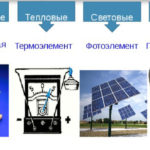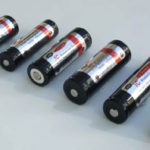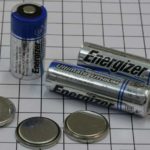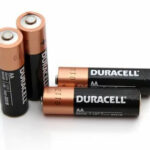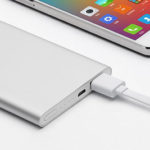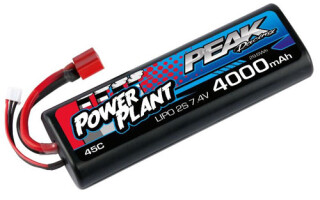The scope of application of electric batteries is extremely wide. As a source of electricity they are used as in children's toysThe batteries are used both in power tools and as a source of traction in electric cars. To use batteries competently, it is necessary to know their properties, their strengths and weaknesses.
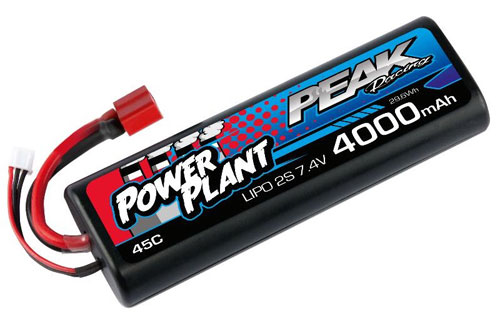
Contents
What is an electric battery and how is it constructed?
The electric battery - is a renewable source of electrical energy. In contrast to galvanic cells it can be recharged after a discharge. In principle all accumulators are constructed in the same way and consist of a cathode and an anode placed in an electrolyte.
The material of the electrodes and the composition of the electrolyte vary, and this is what determines the consumer properties of batteries and their scope of application. A porous dielectric separator, an electrolyte-impregnated separator, can be placed between the cathode and the anode. But it mostly determines the mechanical properties of the assembly and in principle does not affect the operation of the cell.
In general, the battery operation is based on two energy conversions:
- electrical to chemical on charge;
- chemical to electrical at discharge.
Both types of conversion are based on the flow of reversible chemical reactions, the course of which is determined by the substances used in the battery. In the lead-acid cell, for example, the active part of the anode is made of lead dioxide and the cathode is made of metallic lead. The electrodes are in an electrolyte of sulfuric acid. During discharge at the anode lead dioxide is reduced with the formation of lead sulfate and water, and lead at the cathode is oxidized to lead sulfate. The reverse reactions occur during charging. In other battery designs, the components react differently, but the principle is similar.
Types and types of batteries
The consumer properties of batteries are determined mainly by its production technology. In the household and industry, several types of battery cells are most common.
Lead-acid .
This type of batteries was invented in the middle of the XIX century, and still has its niche of application. Its advantages include:
- simple, inexpensive and proven by decades of production technology;
- high current output;
- long service life (from 300 to 1000 charge-discharge cycles);
- the lowest self-discharge current;
- no memory effect.
There are also disadvantages. First of all, it is low specific power capacity, leading to an increase in size and weight. Also noted poor performance at negative temperatures, especially below minus 20 °C. There are also problems with disposal - lead compounds are quite toxic. But this problem for other types of batteries has to be solved as well..
Despite the fact that the device of acid-lead batteries is brought to an optimum, even here there are options for improvement. For example, there is the AGM technology, according to which a porous material impregnated with electrolyte is placed between the electrodes. The electrochemical charging and discharging processes are not affected. It mainly improves the mechanical characteristics of batteries (resistance to vibration, ability to work in almost any position, etc.) and somewhat increases the safety of operation.
Also a noticeable advantage is the improved operation without loss of capacity and current output at temperatures down to minus 30 ° C. Manufacturers of AGM-batteries claim increased starting current and service life.
Another modification of the acid-lead batteries are gel batteries. The electrolyte is thickened to a jelly condition. This prevents electrolyte leakage during operation and eliminates the possibility of gas formation. However, the current output is somewhat reduced, which limits the use of gel batteries as starter batteries. The declared miraculous properties of such batteries in terms of increased capacity and service life are on the conscience of marketers.
Lead-Accumulator batteries are usually charged in the mode of voltage stabilization. This increases the battery voltage and reduces the charging current. The criterion for the end of the charging process is the current drop to the set limit.
Nickel-cadmium
They are coming to the end of their age, and their range of application is gradually decreasing. Their main disadvantage is a pronounced memory effect. If you start charging an incompletely discharged Ni-Cd battery, the cell "remembers" this level, and the capacity is further determined by this value. Another problem is low environmental friendliness. Toxic cadmium compounds create problems with the disposal of such batteries. Other disadvantages include:
- high tendency to self-discharge;
- relatively low power capacity.
But there are also advantages:
- low cost;
- long service life (up to 1000 charge-discharge cycles);
- the ability to give a high current.
Also to the merits of these batteries include the ability to operate at low negative temperatures.
Ni-Cd cells are charged in constant current mode. Full use of the capacity can be made by recharging with a smooth or step-by-step reduction of the charging current. The end of the process is monitored by a decrease in cell voltage.
Nickel-metal hydride
They are designed to replace nickel cadmium batteries. They have many of the characteristics and performance features of Ni-Cd batteries. We managed to partially get rid of the memory effect, increase the power capacity by about one and a half times and reduce the tendency to self-discharge. At the same time, the current output remained high and the cost remained approximately at the same level. The environmental problem has been mitigated - the batteries are produced without the use of toxic compounds. But this had to be paid for with a times shorter life (up to 5 times) and the ability to work at negative temperatures - only down to -20 °C against -40 °C for nickel cadmium batteries.
Such cells are charged in constant current mode. The end of the process is monitored by increasing the voltage on each cell to 1.37 volts. The most favorable is the pulsed current mode with negative emissions. This eliminates the effects of the memory effect.
Lithium-ion
Lithium-ion batteries are taking over the world. They are displacing other types of batteries from areas where the position seemed unshakable. Li-ion cells have almost no memory effect (it is present, but at a theoretical level), can withstand up to 600 charge-discharge cycles, the energy capacity is 2-3 times higher than the ratio of capacity to weight of nickel-metal hydride batteries.
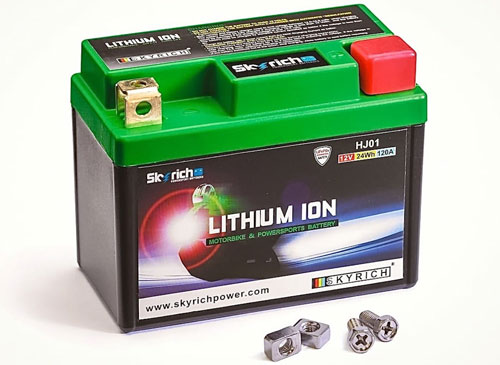
The tendency to self-discharge during storage is also minimal, but you have to pay for all this in the literal sense - such batteries are much more expensive than traditional batteries. We can expect prices to drop with the development of production, as they usually do, but other inherent drawbacks of such batteries - reduced current output, inability to operate at negative temperatures - are unlikely to be overcome by existing technologies.
Along with the increased fire hazard, this somewhat restrains the use of Li-ion batteries. Also it should be taken into account that such cells are subject to degradation. Even if they are not charged and discharged, their life itself goes to zero in 1.5 ... 2 years of storage.
The most favorable charging mode is in two steps. First with a stable current (with a smoothly increasing voltage), then with a stable voltage (with a smoothly decreasing current). In practice, the second stage is realized in the form of stepwise decreasing charging current. Even more often this stage consists of a single step - just decreasing the stabilized current.
Basic characteristics of batteries
The first parameter that one pays attention to when selecting a battery is its nominal voltage. The voltage of one battery cell is determined by the physical and chemical processes occurring within the cell, and depends on the type of battery. One fully charged can delivers:
- lead-acid cell - 2.1 volts;
- Nickel-cadmium - 1.25 volts;
- Nickel-metal hydride, 1.37 volts;
- Lithium-ion battery: 3.7 volts.
To get a higher voltage, the cells are assembled into batteries. So, for a car battery, you have to connect 6 lead-acid batteries in series to get 12 volts (more precisely, 12.6 volts), and for an 18-volt screwdriver - 5 lithium-ion batteries of 3.7 volts.
The second important parameter is capacity. This determines the battery's operating time under load. It is measured in ampere hours (the product of the current on the time). For example, a battery with a capacity of 3 A⋅h will be discharged in 3 hours if discharged with a current of 1 amp, and in 1 hour if discharged with a current of 3 amps.
Important! Strictly speaking, the capacity of a battery depends on the current Therefore the product of current and time of discharge at different load values for the same battery will not be the same.
And the third important parameter current-carrying capacity. This is the maximum current a battery can deliver. This is important, for example, for car battery - determines the ability to crank the engine shaft in cold weather. Also, the ability to deliver high current, creating high torque, is important, for example, for power tools. But for mobile gadgets, this characteristic is not so important.
Electrical properties and consumer qualities of batteries depend on their design and production technology. Proper use of the battery implies the use of the advantages of renewable chemical power sources and leveling the disadvantages.
Related articles:
